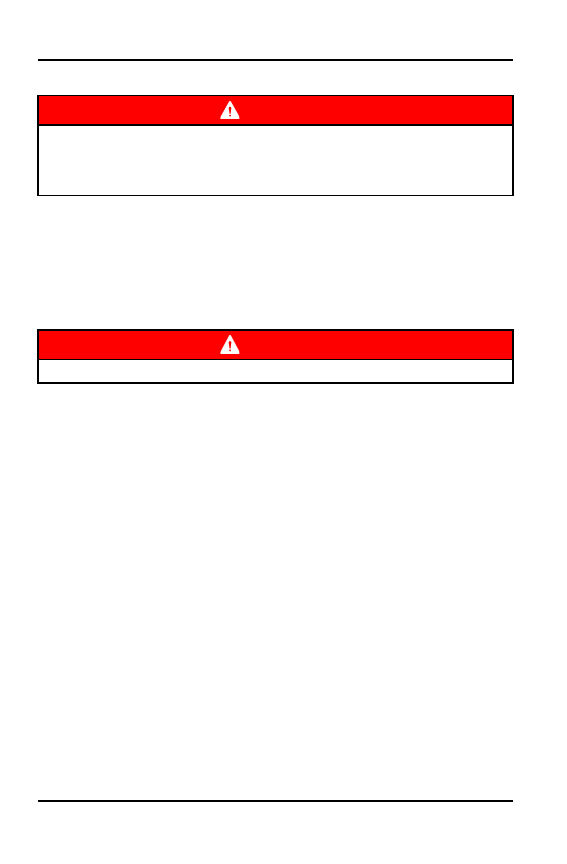Polaris Scrambler 850 / Scrambler XP 1000 EPS (2018 year). Manual - part 15

SHOCK LOADING
WARNING
Your winch cable is very strong but it is NOT designed for dynamic, or “shock”
loading. Shock loading may tension a winch cable beyond its strength and
cause the cable to break. The end of a broken winch cable under such high
loading can cause SEVERE INJURY or DEATH to you and other bystanders.
Winch cables are designed to NOT absorb energy. This is true of both wire-rope
and synthetic-rope winch cables.
1. Never attempt to “jerk” a load with the winch. For example, never take up
slack in the winch cable by moving the winching vehicle in an attempt to
move an object. This is a dangerous practice. It generates high winch cable
loads that may exceed the strength of the cable. Even a slowly moving
vehicle can create large shock loads in a winch cable.
WARNING
SEVERE INJURY or DEATH can result from a broken winch cable.
2. Never quickly turn the winch ON and OFF repeatedly (“jogging”). This puts
extra load on the winch, winch cable, and generates excessive heat from the
motor. This is a form of shock loading.
3. Never tow a vehicle or other object with your winch. Towing an object with a
winch produces shock loading of the cable even when towing at slow
speeds. Towing from a winch also positions the towing force high on the
vehicle. This can cause instability of the vehicle and possibly lead to an
accident.
4. Never use recovery straps with your winch. Recovery straps are designed to
stretch and can store energy. This stored energy in the recovery strap is
released if a winch cable fails making the event even more hazardous.
Similarly, never use elastic “bungie” cords for winching.
5. Never use the winch to tie down a vehicle to a trailer or other transportation
vehicle. This type of use also causes shock loading that can cause damage
to the winch, winch cable, or vehicles used.
Your winch cable is designed and tested to withstand the loads produced
by the winch motor when operated from a stationary vehicle. Always
remember that the winch and winch cable are NOT designed for shock
loading.
66